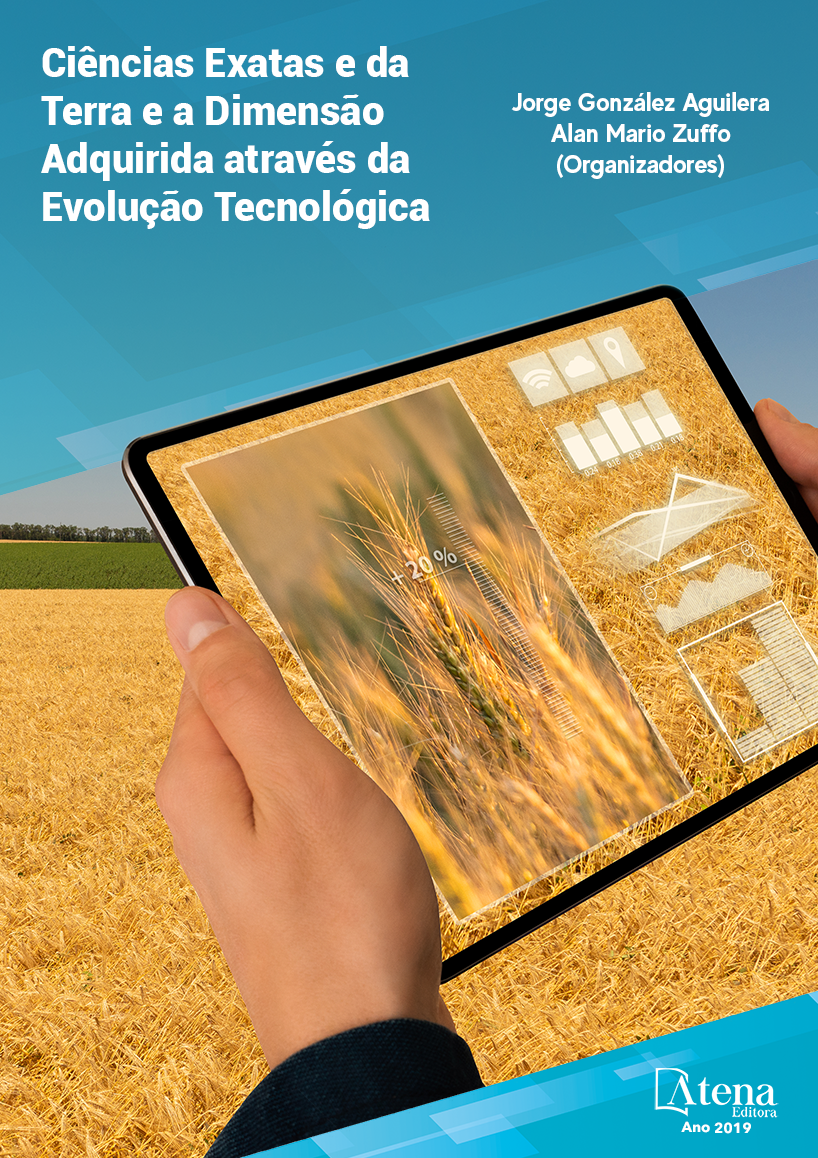
ANÁLISE QUALITATIVA E PROVENIÊNCIA DOS MINERAIS PESADOS DA PRAIA DE MUITA ÁGUA, MUNICÍPIO DE IMBITUBA, LITORAL CENTRO-SUL DE SANTA CATARINA, SUL DO BRASIL
Minerais pesados são fragmentos de
rochas ígneas, sedimentares ou metamórficas
com densidade maior que 2,85g/cm3
. Comumente
aparecem como minerais acessórios e não
excedem de 0,1 a 0,5% das frações detríticas
das rochas sedimentares, sendo o restante
quartzo, feldspatos, micas, fragmentos líticos
e biogênicos. As concentrações de minerais
pesados são muito úteis em estudos sobre
origem de sedimentos, pois indicam pela sua
composição e textura as rochas fontes e pela
sua distribuição, os sentidos do transporte
sedimentar, portanto, a dispersão desses
sedimentos. Ademais a quantidade das espécies
de minerais pesados em uma determinada
região depende do transporte e da abundância
de cada uma na sua respectiva área fonte, bem
como da sua resistência ao intemperismo e
erosão. No Depósito marinho praial da praia de
Muita Água, situada no município de Imbituba,
litoral Centro-sul de Santa Catarina, ocorrem
significativas concentrações de minerais
pesados. Com o objetivo de caracterizar e
entender a proveniência desses minerais foram
avaliadas amostras superficiais do sedimento
arenoso dos depósitos marinho praial e eólico
do Pleistoceno superior. Além disso, foram
analisados in situ os embasamentos rochosos
adjacentes à praia. As amostras estudadas
foram submetidas à separação pelo método
densimétrico com bromofórmio, analisadas
em lupa binocular e classificadas por espécie
mineral. Foram encontrados oito minerais:
epidoto, espessartita, hematita, ilmenita,
magnetita, rutilo, turmalina e zircão. A presença
desses minerais indica a sua proveniência que
fundamentalmente vem de duas diferentes
fontes: rochas do substrato e Depósito eólico
pleistocênico, com influência das ondas e
correntes de deriva litorânea.
ANÁLISE QUALITATIVA E PROVENIÊNCIA DOS MINERAIS PESADOS DA PRAIA DE MUITA ÁGUA, MUNICÍPIO DE IMBITUBA, LITORAL CENTRO-SUL DE SANTA CATARINA, SUL DO BRASIL
-
DOI: 10.22533/at.ed.7261911073
-
Palavras-chave: Praia arenosa, área fonte, recurso mineral.
-
Keywords: Sandy beach, source area, mineral resource.
-
Abstract:
Heavy minerals are igneous, sedimentary or metamorphic rock fragments
with density greater than 2.85g/cm3
. They usually appear as accessory minerals and
do not exceed 0.1 to 0.5% of the detrital fractions of the sedimentary rocks, other
minerals being quartz, feldspar, mica, lithic and biogenic fragments. The concentrations
of heavy minerals are very useful in studies on the origin of sediments, since they
indicate by their composition and texture the source rocks and their distribution, the
meanings of the sedimentary transport, therefore, the dispersion of these sediments. In
addition the amount of the species of heavy minerals in a determined region depends
on the transport and the abundance of each one in its respective source area, as
well as its resistance to the weathering and erosion. In the beach Deposit of Muita
Água, located in the municipality of Imbituba, South-central coast of Santa Catarina,
Brazil, significant concentrations of heavy minerals occur. In order to characterize and
understand the provenance of these minerals, superficial samples of the sandy beach
sediments and upper Pleistocene eolic deposits were evaluated. In addition, the rocky
basement adjacent to the beach were analyzed in situ. The studied samples were
submitted to separation by densimetric method with bromoform, analyzed in binocular
magnifying glass and classified by mineral species. The minerals epidote, spessartine,
hematite, ilmenite, magnetite, rutile, tourmaline and zircon were found. The presence
of these minerals indicates its origin, which basically comes from two different sources:
substrate rocks and Pleistocene eolic Deposit, with influence of the waves and currents
of coastal drift.
-
Número de páginas: 15
- Patrícia Tortora
- Luiz Felipe Poli Schramm
- Norberto Olmiro Horn Filho


